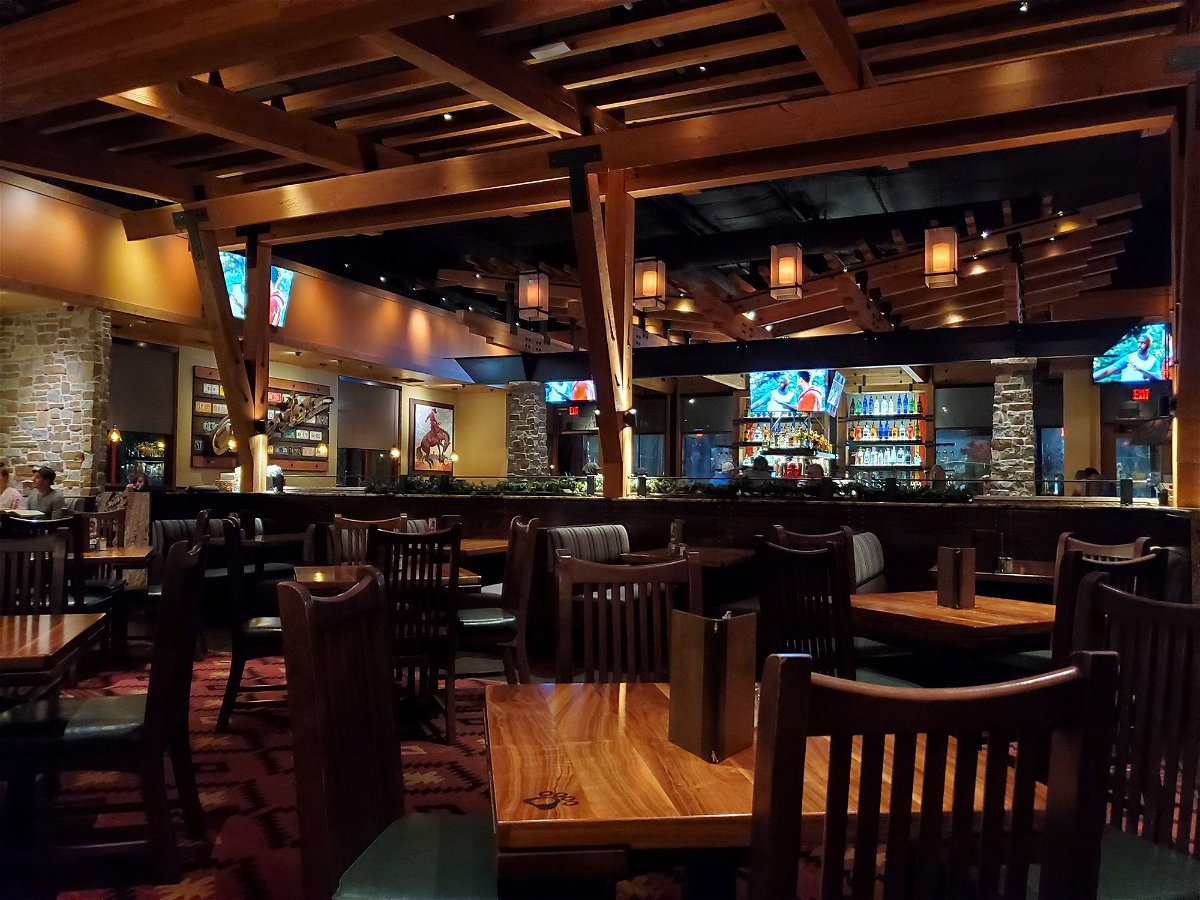Say goodbye to Ruby Tuesday and Chili’s. These are the hot new restaurants at the mall

Lazy Dog restaurant in Concord
New York (CNN) — Looking for a bite at your local mall? As US malls race to reinvent themselves, they’re turning to sushi conveyor belts, craft-beer membership clubs and Korean barbecue to replace burgers and fries.
Over the last few decades, malls became the town center of many American communities. But the pandemic, over-building and a move by consumers toward discount and online shopping changed all that. As anchor department stores left malls, so did some name-brand chains like Ruby Tuesday, Chili’s, Applebee’s and others.
What’s taking their place illustrates a large shift in US tastes: There’s a boom in smaller and regional restaurant chains with a local following. Plus a much wider menu of global cuisines.
Landlords are counting on emerging restaurant brands like Lazy Dog, Gen Korean BBQ and Postino Wine Café to draw customers back to malls. So-called “eatertainment” concepts such as Puttshack and Topgolf, which can extend the amount of time people spend in a mall, are expanding. One fast-growing chain targeted to families, Kura Revolving Sushi Bar, delivers plates to diners on conveyor belts as rolling robots serve drinks. Tableside monitors offer games, cartoons and toy prizes for big eaters.
At the same time, many national chains are prioritizing drive-thru locations over their sit-down restaurants in malls.
“There’s definitely a newer layer of concepts. There’s a new guard in malls,” said Chris Simms, the CEO and founder of Lazy Dog, which has around 50 ski lodge-themed restaurants around the country. The restaurants have big wooden beams and a bar with craft beers in their center.
Simms said he was drawn to open Lazy Dog restaurants in malls to pick up customers who may be stopping nearby to see a movie or run errands. “There’s something to having that synergy around you. I’m looking for traffic-drivers,” he said. “Malls create a great opportunity for that.”
Spurring longer visits
Food was long an afterthought at malls, and department stores were the primary reason shoppers visited.
But Macy’s, JCPenney, Nordstrom and others are closing hundreds of their stores in malls as online shopping has grown to around 16% of US retail sales. Real estate research firm Green Street estimates about 150 enclosed malls have closed since 2008, leaving about 900 today.
Strong restaurants and entertainment options draw steady food traffic and can increase the amount of time a consumer spends in the mall, making them valuable to landlords and other mall tenants.
The amount of space dedicated to food in malls has grown from 5% in the 1990s to 15 to 20% today, according to Deloitte.
“Food and beverage is an anchor today,” said Mark Hunter, a managing director at commercial real estate investment firm CBRE who specializes in malls. “It has replaced some of the department stores that left. More and more landlords are looking to invest in it.”
Drive-thrus steal traffic
Many quick-service restaurants like McDonald’s and Chick-fil-A have closed mall locations.
TGI Fridays announced earlier this year it would close 36 lower-performing locations in 12 states, several of those in malls. (It still has about 230 outlets in the United States.)
Chick-fil-A closed its original location at Greenbriar Mall in Atlanta last year after 56 years. Chick-fil-A restaurants were only located in mall food courts for the company’s first 20 years.
Some chains are focusing on drive-thru models instead in part because they are more profitable: smaller than sit-down restaurants, requiring less staff and maintenance, said RJ Hottovy, head of analytical research at data analytics company Placer.ai.
Drive-thru sales hit $133 billion in 2022, an increase of 30% from 2019 pre-pandemic levels, according to Technomic, a restaurant industry consulting firm.
“Traditional mall restaurants were casual dining chains like Chili’s, TGI Fridays, and quick-service restaurants in food courts. They want the drive-thru locations now,” Hottovy said.
Enough pizza places?
Gen Korean BBQ is an example of one of the new breed of restaurants growing in malls.
The company has around 40 restaurants and has plans to grow to at least 250. Customers order meat to their tables and cook it themselves.
“There’s so many burgers, chicken and pizza places,” said co-CEO David Kim. “People are wanting to experience something different.”
Gen is growing at both larger regional malls and smaller strip malls.
“A lot of these regional malls are rebranding their spaces to attract restaurants,” Kim said.
It’s a little early to see if this shift in tenants will work long-term. Mall landlords and analysts note it’s a big blow to lose any big-name anchor eatery. But Cheesecake Factory doesn’t have robots.
The-CNN-Wire
™ & © 2024 Cable News Network, Inc., a Warner Bros. Discovery Company. All rights reserved.